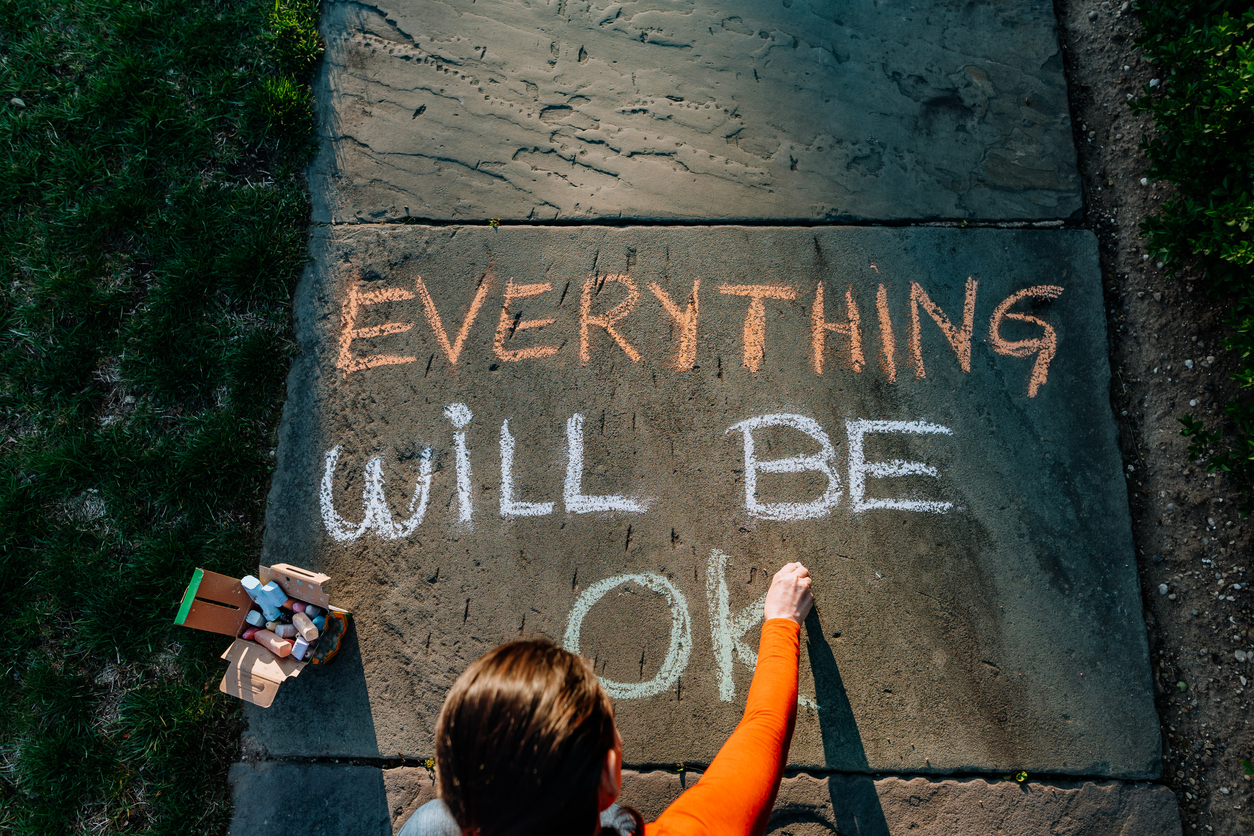
Behavior science can overcome resistance.
By Paul Mastrangelo, Emerson ReadyStaff
May you live in interesting times. Although the phrase is NOT really a Chinese curse, it remains an appropriate quip for the decade so far. Organizations faced with constant external pressures need to enlist employees to change, so the organization survives and thrives.
Change models show us that individuals change their behavior when the perceived cons of changing are less than perceived cons of staying the same. The Gleicher Formula (D x V x F > R), says that Dissatisfaction with the status quo, Vision of an alternative, and First steps toward that end will overcome Resistance to change.
Similarly, Edgar Schein explains change as spurred by the imbalance between Learning Anxiety and Survival Anxiety – the fear and personal cost of learning something new versus the fear and personal costs of staying the same. Schein, however, observed that tipping the scales by increasing fear of staying the same is NOT effective.
Instead, the key to influencing individuals is to decrease the fear of the new.
Note how many recent behaviors bear this out.
- 25% of the US population resist getting vaccinated for COVID 19. Why? They are being told that remaining unvaccinated is a threat to survival, but they rationalize that the vast majority of COVID cases are like a bad case of the flu, which is far less scary than a brand-new vaccine. The anxiety around the new vaccine is too high, so getting vaccinated is a hard change to make.
- Currently, one out of six posted jobs is remote, compared to one out of 67 jobs in 2020. Why? Before 2020 remote work options were uncommon because most leaders feared reduced performance, less innovation, and weakened culture. Once the pandemic forced the issue, remote work became the status quo, which now feels safe. Leaders’ anxiety diminished greatly (and reducing overhead costs certainly sweetened the pot). Allowing remote work as the default has become an easier change to make.
- Recent data show that people now value flexibility as much as a 10% pay raise. Why? Employees feared that removing themselves from the office, out of sight from their boss, would be detrimental to promotions, raises, and developmental opportunities. After nearly two years of partial or full remote staffing, it’s the new normal. The fear is gone, along with hours of commute time. Demanding flexibility is now an easier change to make.
- There is a sudden labor shortage, largely due to older employees retiring early. Why? The idea of spending more time at home and with family was always counter-balanced by the uncertainty of life without work. But the pandemic gave seniors a glimpse of that lifestyle. It now feels safe, especially compared to the potentially covid-ridden workplace. So of course early retirement is an easier change to make.
Once you recognize that behavioral change results from reducing the fear and cost of trying something new, you might reconsider using statements like “We must change if we’re going to survive” or “Change is inevitable.” Those messages attempt to increase fear of staying the same, but that’s the wrong pressure point.
The right pressure point is to make the change feel safe. Through this lens, overcoming resistance to organizational change is a challenge we can meet.



